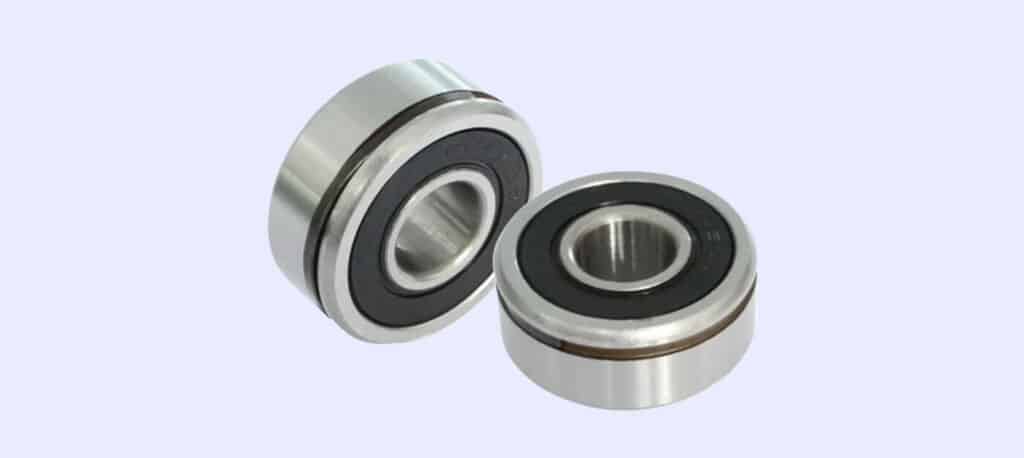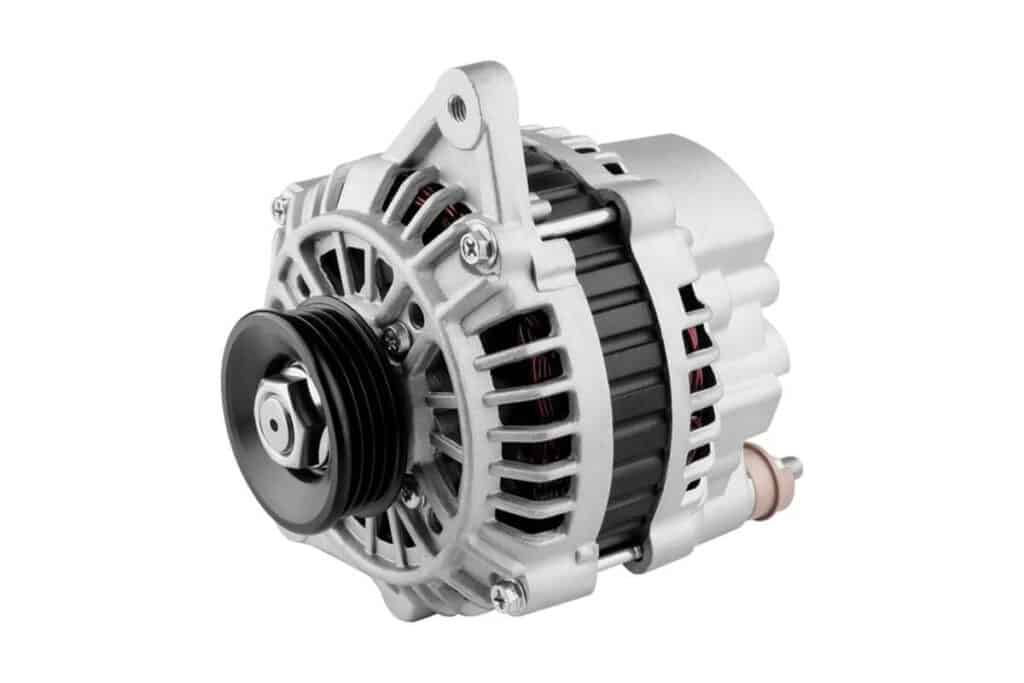Are you experiencing issues with your car’s electrical system, such as dimming headlights or a weak battery? One potential culprit could be a faulty alternator bearing. In this article, we’ll take a closer look at what an alternator bearing is, how to recognize signs of a faulty bearing, and how to replace it.
What is an Alternator Bearing?
An alternator bearing is a small component that supports the alternator’s rotor shaft. The alternator is responsible for generating electricity to power the car’s electrical systems and recharging the battery. The bearing helps the rotor shaft spin smoothly and reduces friction between moving parts.

How Much Will it Cost to Replace an Alternator Bearing in Canada?
The cost of replacing an alternator bearing in Canada can vary depending on the make and model of your vehicle, as well as the mechanic you choose. On average, you can expect to pay between $200 and $500 CAD for parts and labour. The labour time can take anywhere from 1 to 3 hours depending on the complexity of the repair.
What are the Symptoms of a Faulty Alternator Bearing?
Here are some common symptoms of a faulty alternator bearing:
• Squeaking or grinding noise coming from the engine
• Electrical issues, such as dimming headlights or weak battery
• Burning smell coming from the engine
• Difficulty starting the car
How Long Does an Alternator Bearing Last?
An alternator bearing can last anywhere from 100,000 to 150,000 kilometers or longer, depending on driving habits and maintenance. However, it’s important to keep an eye out for signs of wear and tear and address any issues promptly to avoid further damage to the alternator and other components.
How does an Alternator Bearing Become Defective?
An alternator bearing can become defective due to normal wear and tear over time, as well as exposure to high temperatures and contaminants. Lack of regular maintenance or driving in extreme conditions can also contribute to premature failure.
How A Faulty Alternator Bearing can affect other systems in the car?
A faulty alternator bearing can affect other systems in the car, particularly the electrical system. The alternator may not be able to generate enough electricity to power the car’s electrical systems, leading to issues such as dimming headlights, weak battery, and difficulty starting the car. In some cases, a faulty alternator bearing can also cause damage to the alternator itself.
Is it Safe to Drive with a Faulty Alternator Bearing?
Driving with a faulty alternator bearing is not recommended, as it can lead to further damage to the alternator and other components in the car. Additionally, it can cause issues with the car’s electrical system, which can be a safety hazard while driving.

How Can I Make My Alternator Bearing Last Longer?
Here are some tips to help prolong the life of your alternator bearing:
• Regular maintenance: Follow the manufacturer’s recommended maintenance schedule to ensure all components, including the alternator bearing, are in good condition.
• Avoid extreme conditions: Avoid driving in extreme temperatures and conditions whenever possible, as these can cause damage to the alternator and other components.
• Address issues promptly: If you notice any signs of a faulty alternator bearing, such as unusual noises or electrical issues, address them promptly to avoid further damage.
Conclusion
An alternator bearing is a small but important component that helps keep your car’s electrical system running smoothly. If you notice any signs of a faulty alternator bearing, such as unusual noises or electrical issues, it’s important to address the issue promptly to avoid further damage to the alternator and other components. With proper maintenance and care, you can help prolong the life of your alternator bearing and keep your car running smoothly.
